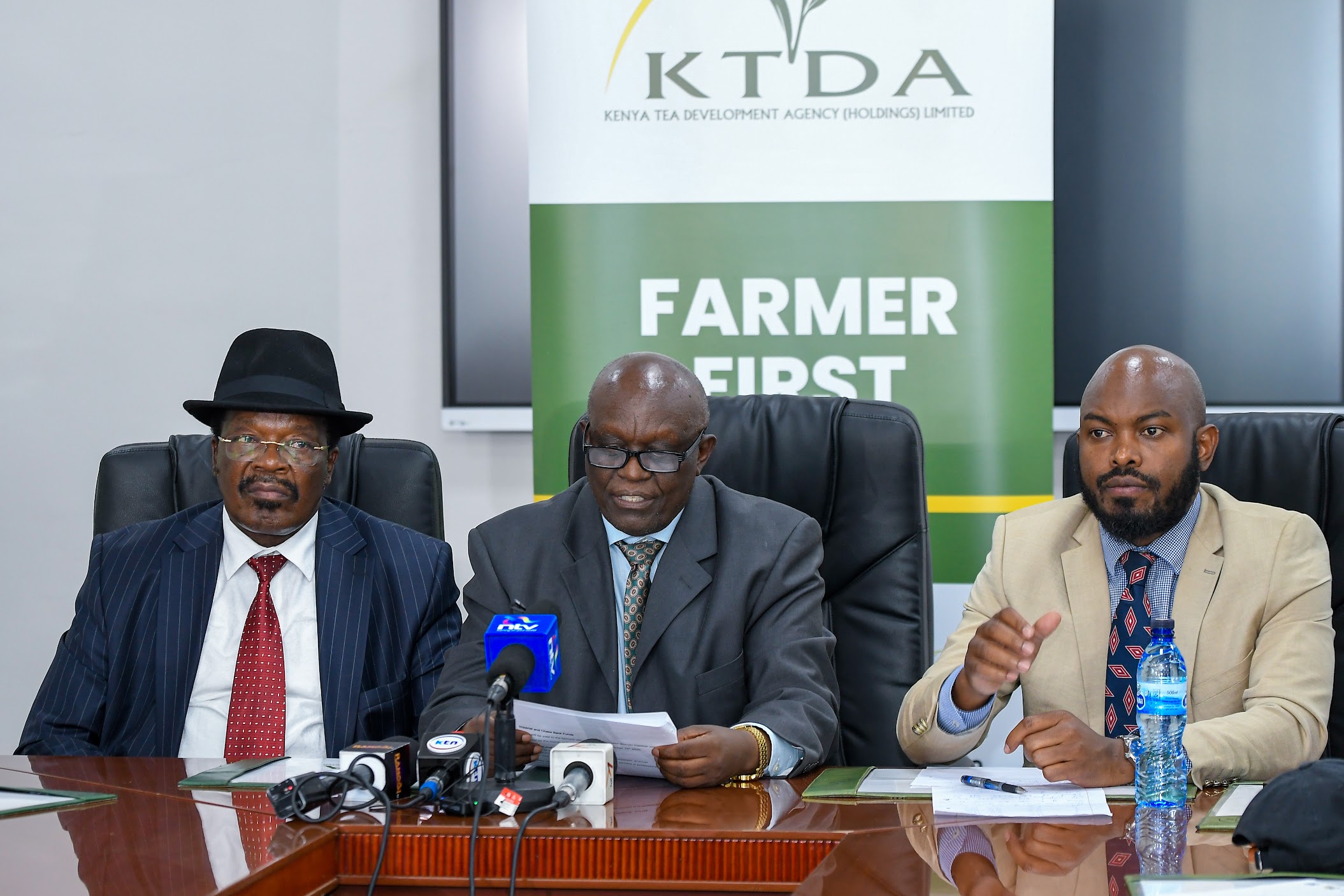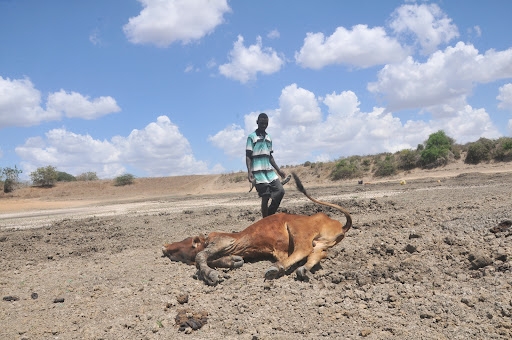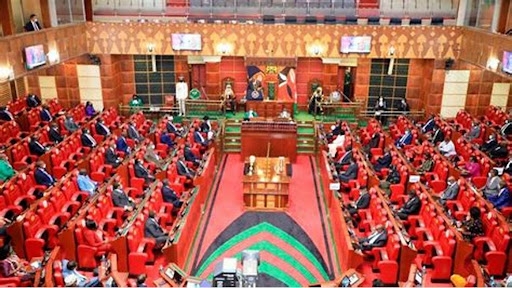

The Kenya Tea Development Agency (KTDA) has sought to calm growing concerns from farmers over differences in bonus payments across factories for the 2024/2025 financial year, attributing the variations to market forces, leaf quality, and regional dynamics.
Farmers in several counties had questioned why
factories under the same umbrella organization reported significantly different
rates for their green leaf, with some in the East of Rift Valley recording
higher payouts compared to those in the West.
Speaking on Wednesday in Nairobi, KTDA Chairman Chege Kirundi said the
disparities were not arbitrary but were determined by the auction market and
the quality of teas delivered to factories.
“Price is the key driver of revenues, and the
auction is guided by market forces,” Kirundi said.
“Teas from some factories fetch higher prices than others because of
differences in quality, location, and buyer preferences.”
The agency emphasized that the quality of green leaf supplied by farmers
directly affects the value of processed tea and, ultimately, the final payment
to farmers.
“Quality is central to the differences you see
between factories. Where farmers deliver well-plucked, fresh green leaf, the
teas command higher prices at the auction. Where quality is compromised, the
factory revenues are lower,” Kirundi noted.
To address this, the agency said it has been
running campaigns to curb leaf hawking and improve farmer practices.
Responding to concerns about the notable gap between factories in the East
and West of the Rift Valley, Kirundi attributed this to carry-over stocks and
shifting auction dynamics.
“The removal of reserve prices this year affected factories in the West more heavily because they had larger carry-over stocks from the previous year. Those teas ended up selling at reduced prices compared to fresh leaf processed in the East,” Kirundi explained.
On questions of fairness and transparency, he defended its systems,
pointing to certification and oversight mechanisms.
“KTDA and all its subsidiaries are ISO certified, and our accounts are subjected to independent audits every year. The audited statements are shared with farmers during factory AGMs,” he said.
It added that all factory accounts remain
independent, and even satellite factories have their payments processed
separately to ensure fairness.
The KTDA chair further highlighted technology
investments, saying:
“All our green leaf weighing scales now have
anti-tamper guards. This is to eliminate any possibility of manipulation or
falsification of weights.”
The agency acknowledged that differences in payments will remain because
factories operate independently and are subject to varying market forces.
However, Kirundi pledged that KTDA will continue investing in strategies that strengthen
performance across all regions.
“Each factory runs its own accounts, and
differences in payments reflect differences in output and market performance,
not discrimination,” he said.
Kenya’s tea sector supports more than 10 million people and remains the
country’s leading source of foreign exchange.
KTDA called for constructive dialogue, urging farmers to focus on improving quality while the agency pursues cost-cutting and market diversification measures.
















